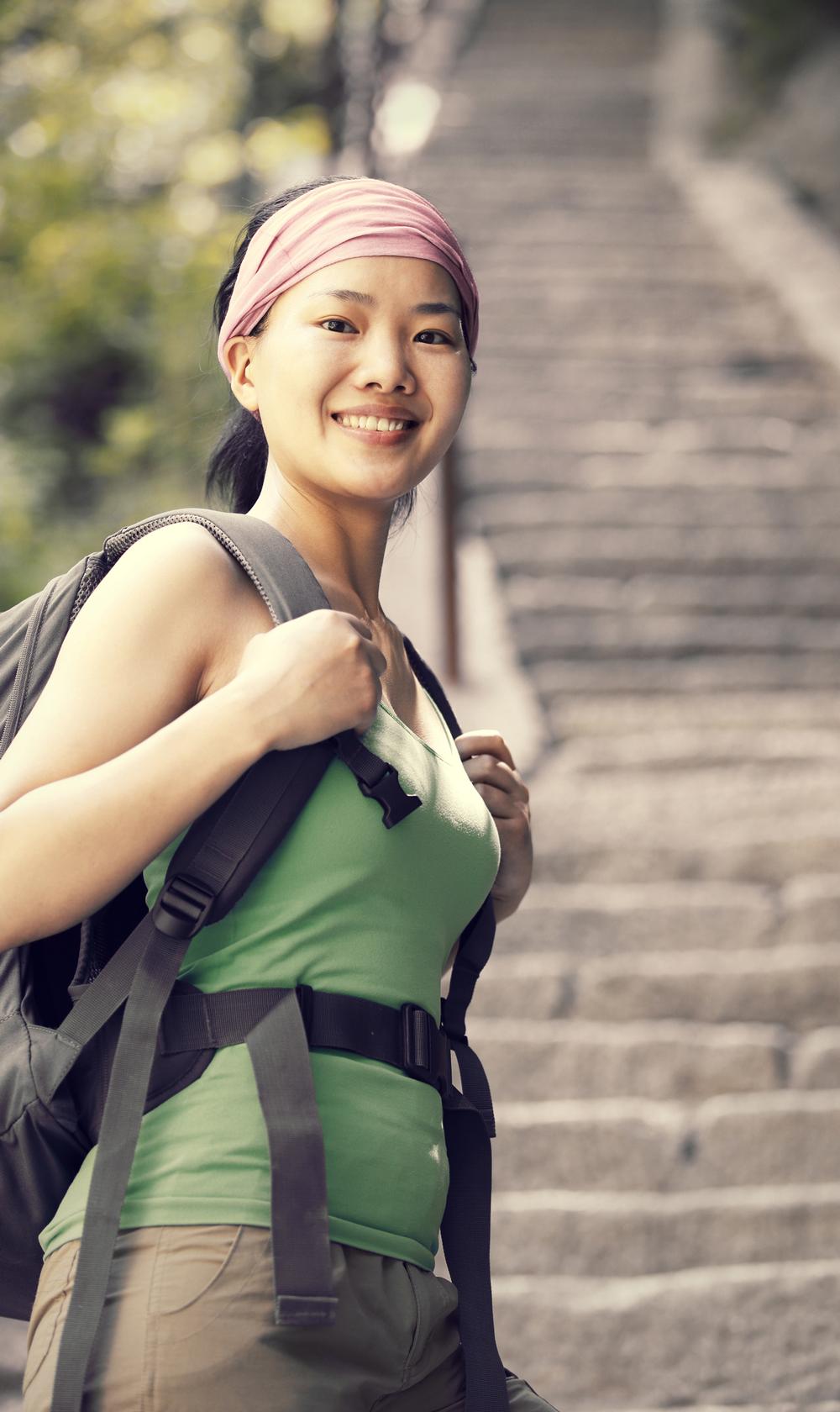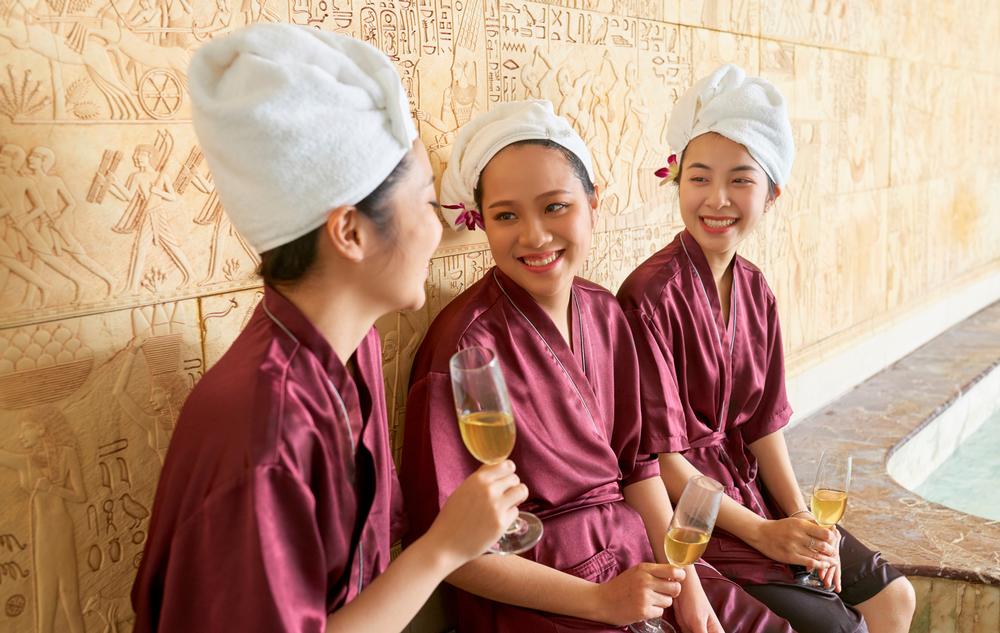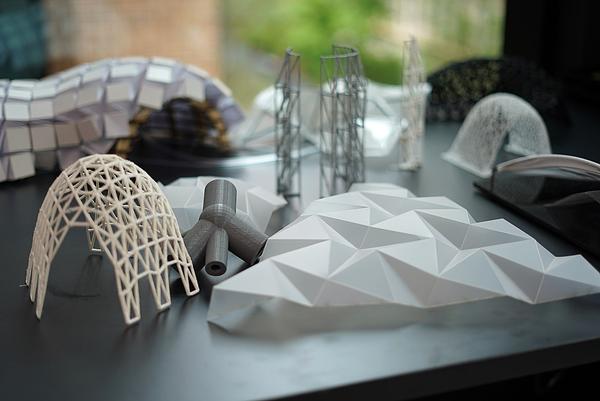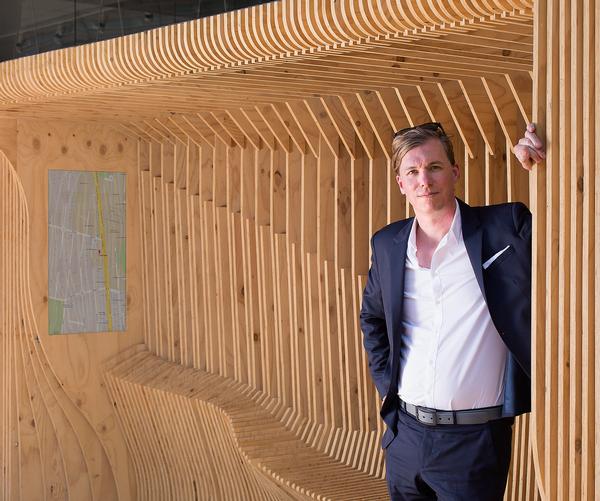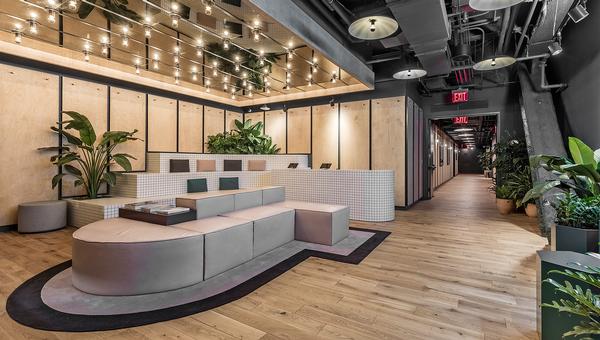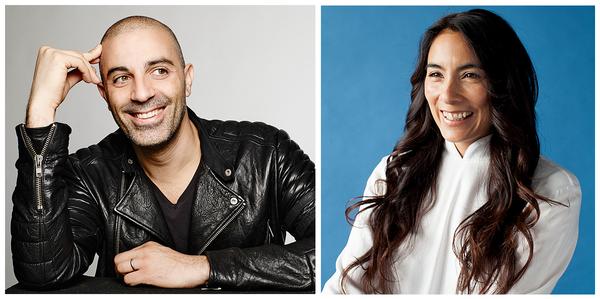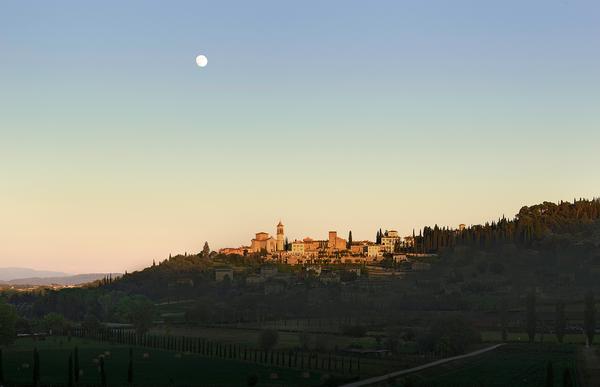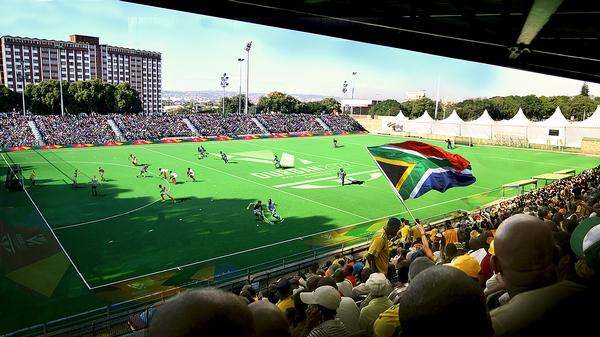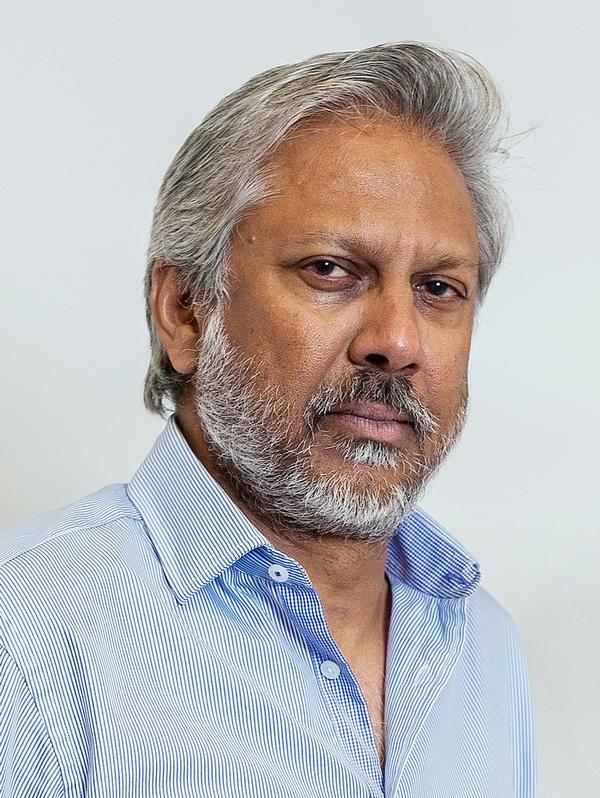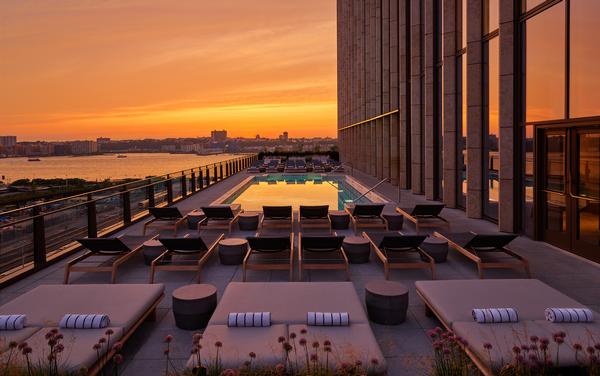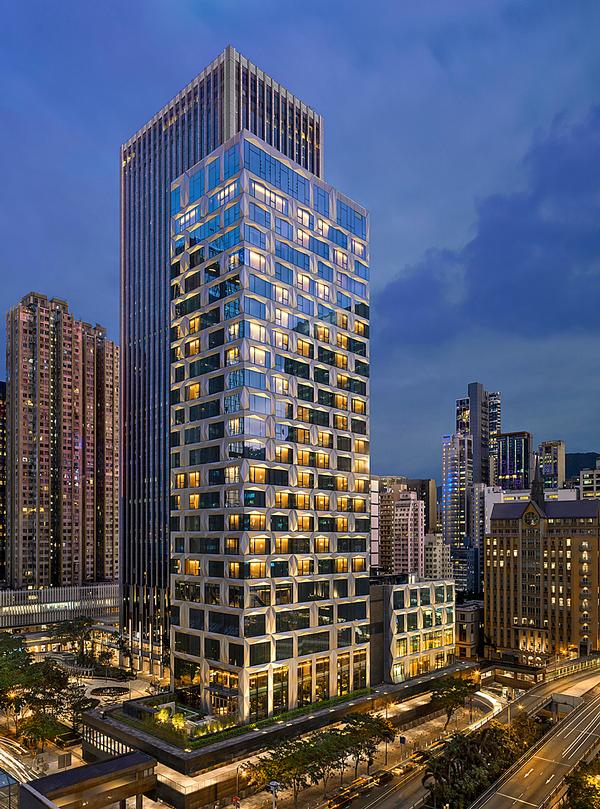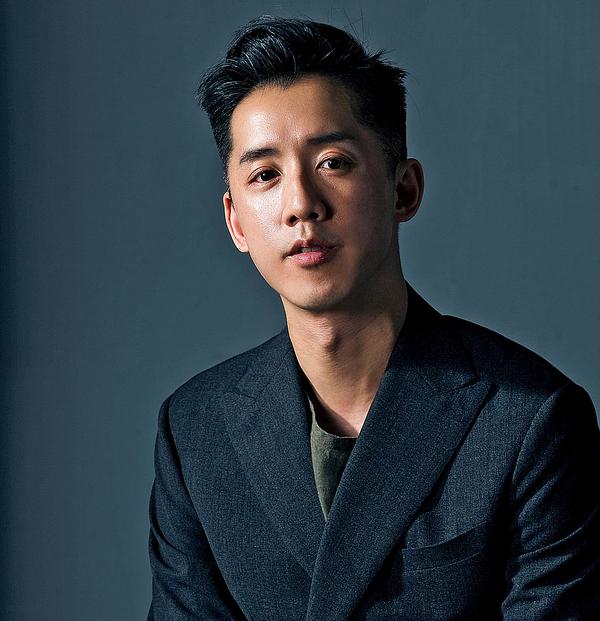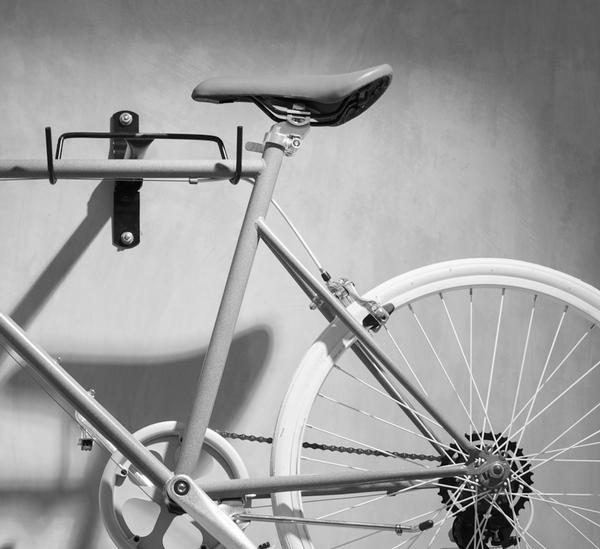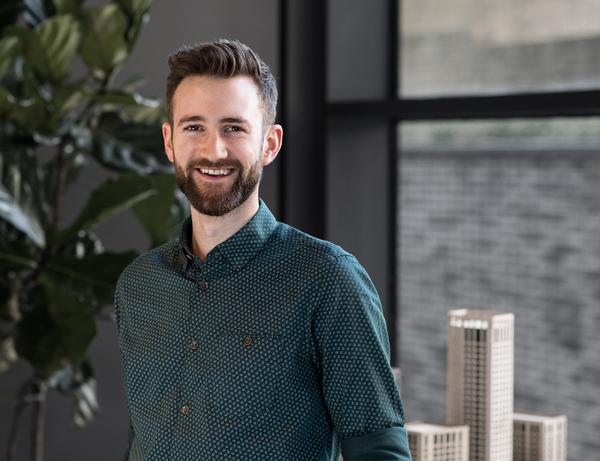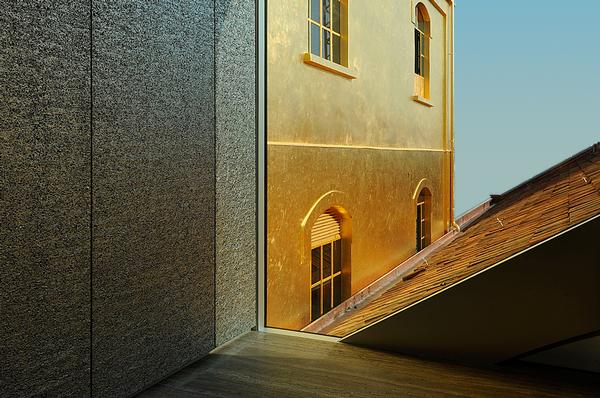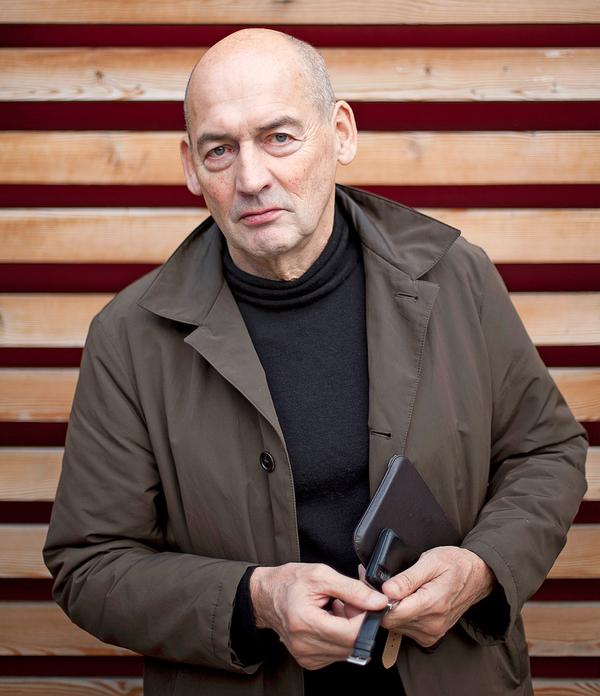Industry insights
Asia: The Future of Wellness Tourism
Asia-Pacific is the fastest-growing market for wellness tourism. Catherine Feliciano-Chon highlights the consumer segments that are driving this unprecedented growth
The stats are overwhelming: According to a World Tourism Organization (UNWTO) report, outbound Asia-Pacific travellers now represent 37 per cent of the world’s total, with international travel spending doubling in the last decade (APAC). Add China to these figures: outbound trips have grown 20-fold since 2000, the Chinese are the world’s biggest travel spenders (US$258bn annually, well ahead of the US at US$135bn), Chinese travellers will represent 30 per cent of the entire international travel market by 2030, and China has been pegged to become the world’s No.1 travel destination by 2030.
Asia-Pacific is also the fastest-growing wellness tourism market: Wellness trips jumped 33 per cent in the last two years (China, India, Malaysia, the Philippines, Vietnam and Indonesia all clocked 20+ per cent annual gains) and the market will essentially double from 2017–2022: from US$137bn to US$252bn.
In short, Asia is driving the global wellness tourism market.
To understand this fast-growing market, we conducted more than 50 one-on-one interviews with travellers, luxury tour operators, spa consultants, travel journalists, wellness destination resorts and hospitality brands who are based in Asia Pacific to arrive at three main consumer archetypes who will be driving the future of wellness tourism in Asia.
Female travellers
Women – travelling with other women or alone – are a force unto themselves, and will become the most important market segment driving the wellness tourism boom worldwide. When it comes to wellness tourism, the future is indeed female. Although not exactly new, women-only vacations have soared in popularity in the last decade, with some tour companies reporting over 200 per cent growth in the last few years alone. Women in China, Hong Kong, Singapore, Philippines, Korea and Japan are making girlfriend getaways a regular part of their lifestyles, where wellness activities are at the heart of the experience.
Women’s spending power is surging: From 2013-2023, the global incomes of women will grow from US$13tr to US$18tr. Marriage and fertility rates are declining in many of Asia’s developed countries, and instead, women are investing in their own personal and professional growth and wealth portfolio.
As a market segment, female travellers present the highest customer lifetime value because they engage in wellness travel the longest. Because women are more social by nature, women-only trips often start in their early 20s and continue for the rest of their lives. They travel to escape, rekindle friendships, celebrate milestones, and reward themselves.
More women are also putting solo trips on their bucket list. Solo, but in the company of others. With safety an overriding concern, female solo travellers are finding safe haven in healing resorts like Kamalaya in Koh Samui, where 65 per cent of guests are solo travellers, of which 65 per cent are female.
Women are increasingly walking (and talking) their way to wellness. There’s been a boom in women’s-only walking clubs in Australia and tours like Walk Japan as well as self-imposed hiking trail challenges.
And while yoga and detox are mainstays, new programmes like The Farm at San Benito’s “Female Revitalization” are tackling hormonal imbalance and cellular ageing. Women who feel they’ve had to defer self-care and personal interests are now drawn to retreats that promise creative awakenings and self-improvement. Unleashing one’s creative goddess – whether through photography, writing, art, cooking – has become essential to wellbeing.
Affluent New Agers
Consider this: Hong Kong and Japan have the highest life expectancies according to the World Economic Forum. The United States didn’t even make it to the top 30. And according to Wealth-X, a global ultra-high-net-worth intelligence company, the fastest growth in wealth creation is in Asia, which posted an increase of ultra-wealth (individuals with a net worth of US$30m or more) of 27 per cent in 2018, and is forecast to have the strongest growth by 2022. Hong Kong has also overtaken New York to become the world’s largest ultra-high net worth city.
What does this mean? There’s never been a better time to grow old in Asia. With the combined factors of longer life expectancy and having the means to pursue wellness at a younger age, Asians who are approaching mid-life are recontextualizing ageing as aspirational. They’re not postponing living well until after retirement, but are embracing a life-well-lived mindset in their 40s, because they can afford it. These Affluent New Agers are younger and changing the notion of age from a chronological construct to biological and mental mindset.
These Affluent New Agers are Instagram or Wechat (if they are Chinese) addicts, pursue wellness for self-care and improving health, and are travel experts. They live very differently from previous generations and consider ‘middle age’ as the prime of their lives. It is the period when they have the resources and time to take on new adventures and explore the world. They are willing to spend on travel and wellness, with the goal of indulging in bucket-list activities while they can.
At Lightfoot Travel, Affluent New Agers are spending upwards of US$200,000 per trip, and there’s been an increase year-on-year of 20 per cent in these bucket list activities. Affluent New Agers’ idea of wellness isn’t just spa treatments, but physical activities such as hiking and trekking.
On the flip side of lengthening lifespans: Affluent New Agers have also become one of the key drivers of medical tourism, and Asian countries are also top destinations (see map).
Affluent New Agers are going overseas for medical treatments from health check-ups, to dental work and cosmetic surgery. This aligns with the latest data from Market Data Forecast that stated the Asia-Pacific Medical Tourism Market was worth US$ 7.79bn in 2018 and estimated to be growing at a CAGR of 22.4 per cent, to reach US$ 19.87bn by 2023.
Chinese Millennial Millionaires
It is difficult to overstate the sheer force of this market segment, given that China’s outbound travel market is expected to swell to over 400 million by 2030. As the middle class grows and incomes rise, producing more millionaires and billionaires at an exponential rate, so too does their appetite for travel and wellness experiences.
Chinese millennials are generally stereotyped as “Buddhist minded” (fo xi) for their laissez-faire approach to life and obsession with health and wellness. Yet they are also known for their “punk wellness” (peng ke yang sheng) practices, remedying the effects of their health-compromising lifestyle with (mostly skin-deep) body-nourishing rituals. This is seen when they add cancer-fighting goji berries to beer or have reflexology after partying all night. While their efforts to stay healthy while leading an unhealthy lifestyle is a reflection of this generation’s live-for-the-moment, yet pragmatic, attitude, it also underscores the fact that wellness is the new status symbol among the 400-million-strong Chinese millennials.
A recent survey by China Youth Daily showed that 80 per cent of the 1,800 millennials interviewed from first- to fourth-tier cities place personal health in high priority. Health-conscious behaviours that were once associated with the older generations are now embraced by millennials.
The growing importance of health in the lives of Chinese millennials is reflected in wellness tourism. To them, wellness has taken a broader and deeper meaning that goes beyond physical fitness and pampering spa treatments. Mental health is a high priority; so is intellectual and social wellness, which are expressed through challenging oneself, developing self-confidence and empathy or making positive changes to become a “better me”.
For Chinese millennials, wellness travel often means stepping out of a comfort zone and pushing boundaries, and is perceived as a life-enriching experience. They seek out destinations not for the types of experiences they can gain, but for new knowledge or skills they can learn, and new challenges they can take on. This means holidays in which they can explore new cultures, engage in adventure sports, immerse themselves in the wonders of wildlife, and sign up for a healthy cooking class or mindful living workshop.
With soaring national pride, more affluent millennials are taking a keen interest in returning to their roots, prompting a growing demand for traditional arts, cultural practices and philosophy in a bid to relieve stress and achieve emotional wellness. Temple getaways have been attracting an increasing number of pilgrims, who seek a short stay to cleanse their mind, body and soul by consuming vegetarian food, performing meditation, practicing the ancient art of calligraphy (a form of meditation in the Buddhist culture) and engaging in philosophical exchanges with spiritual gurus.
Keen to detach from the daily grind of living in crowded, polluted and stressful cities, the Chinese millennial millionaires are going to places they have never been. Although they love the Maldives and Bali, the lesser-known islands in the Philippines, Sri Lanka and small mountain villages in Japan are capturing their hearts. They want to be insiders, social media recommendations from friends and digital media play an important role in helping them curate personalised and authentic experiences.
Another area of enormous potential is the LGBTQ+ segment of Affluent New Agers. Acceptance for LGBTQ+ travellers has been growing in Asia, with recent changes in legislation in India, Australia, Thailand and Taiwan. Hong Kong is also hosting the 2022 Gay Games for the first time. According to a 2018 report by LGBT Capital, the estimated LGBTQ+ purchasing power per annum for Asia is US$1.3tr. And LGBTQ+ Affluent New Agers are less likely to have children and would have a higher disposable income to pursue luxury travel. The tourism market is taking note with the UNWTO commissioning a global report on LGBTQ+ Tourism. The Tourism Authority of Thailand also launched #GoThaiBeFree in January 2019 to target these travellers. Why? Tourism revenue from the LGBTQ+ community contributes 1.15 per cent to Thailand’s economy, the highest in the countries or regions surveyed by LGBT Capital, followed closely by Hong Kong at 1.11 per cent.
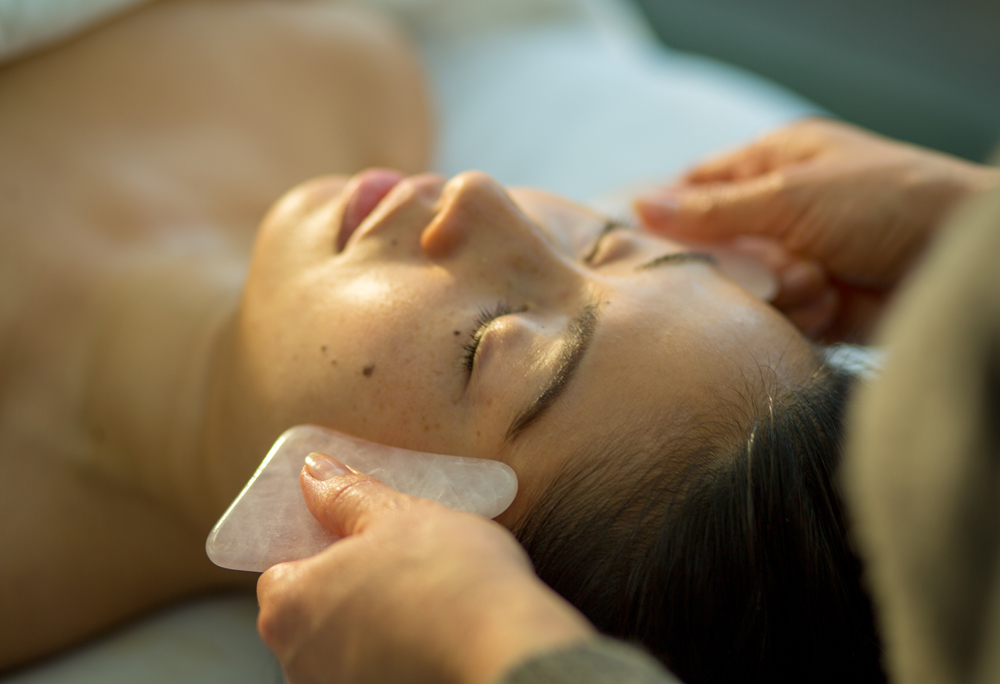
1. Uzbekistan
2. Kazakhstan
3. Turkmenistan
4. Kyrgyzstan
5. Egypt
6. Israel
7. Jordan
8. Camino de Santiago
9. Antarctica
10. Africa
*Sources: Luxury tour operators, interview responses
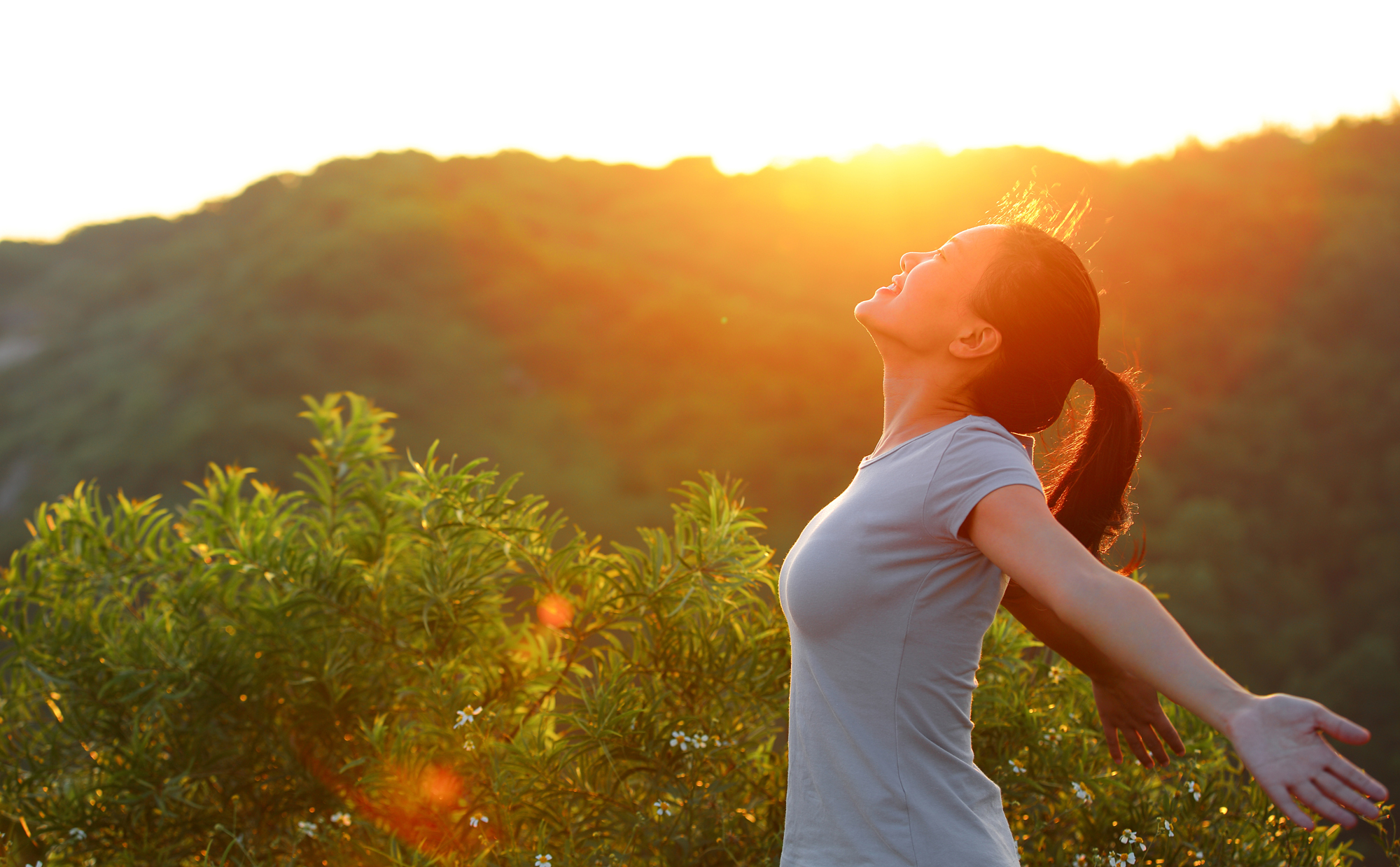
1. China Acupuncture, Cupping, Tuina massage, and Herbal Medicine
2. Hong Kong Fertility
3. India Cardiac, Transplants, Orthopaedics, Cosmetic, and Cancer
4. Korea Cosmetic
5. Malaysia End-to-End Solutions, Fertility
6. Singapore Oncology, Neurology, Cardiology, and Stem Cell Therapy
7. Taiwan Cardiac and Orthopedic
8. Thailand End-to-End Solutions
*Sources: International Medical Travel Journal, interview responses, Medical Tourism Magazine
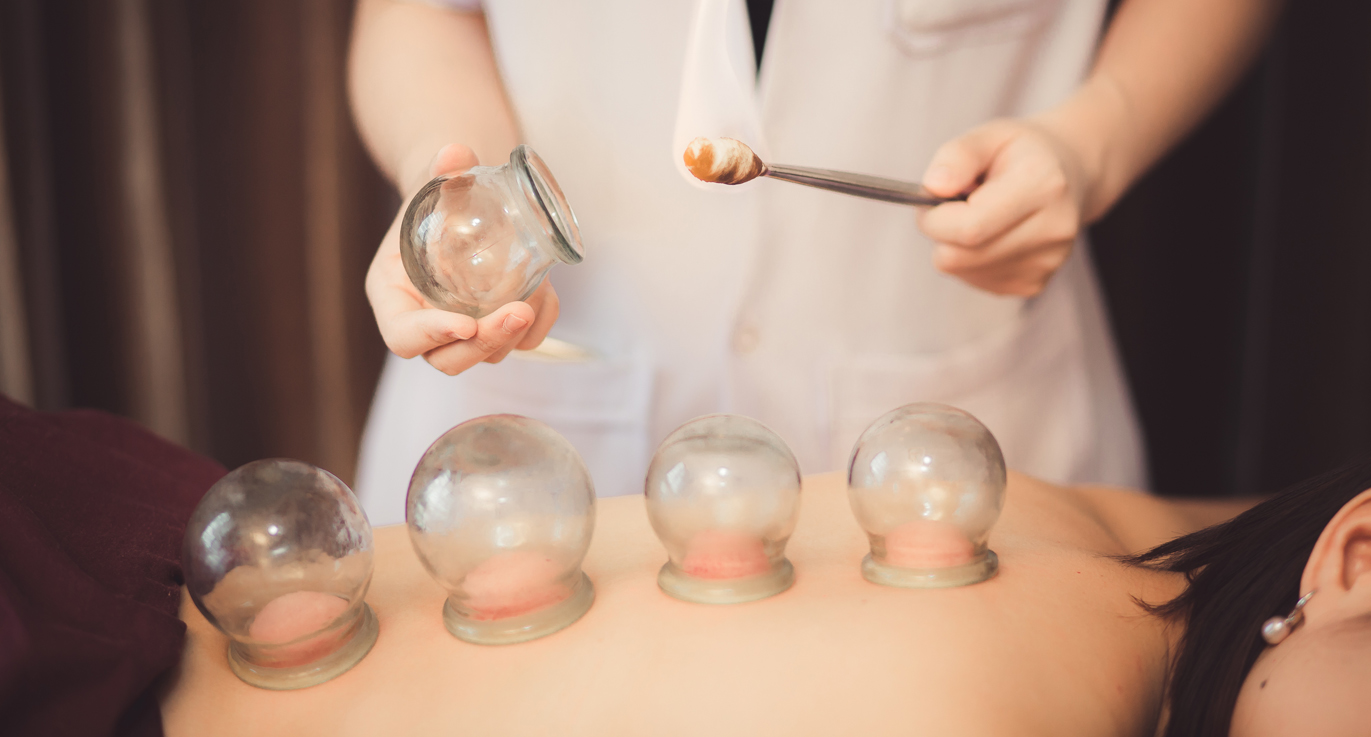
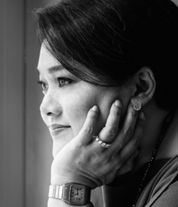
Catherine Feliciano-Chon is the founder and managing partner of CatchOn – A Finn Partners Company. CatchOn is a brand and PR consultancy with offices in Hong Kong and Shanghai, and specialises in travel, hospitality and wellness. www.catchonco.com



